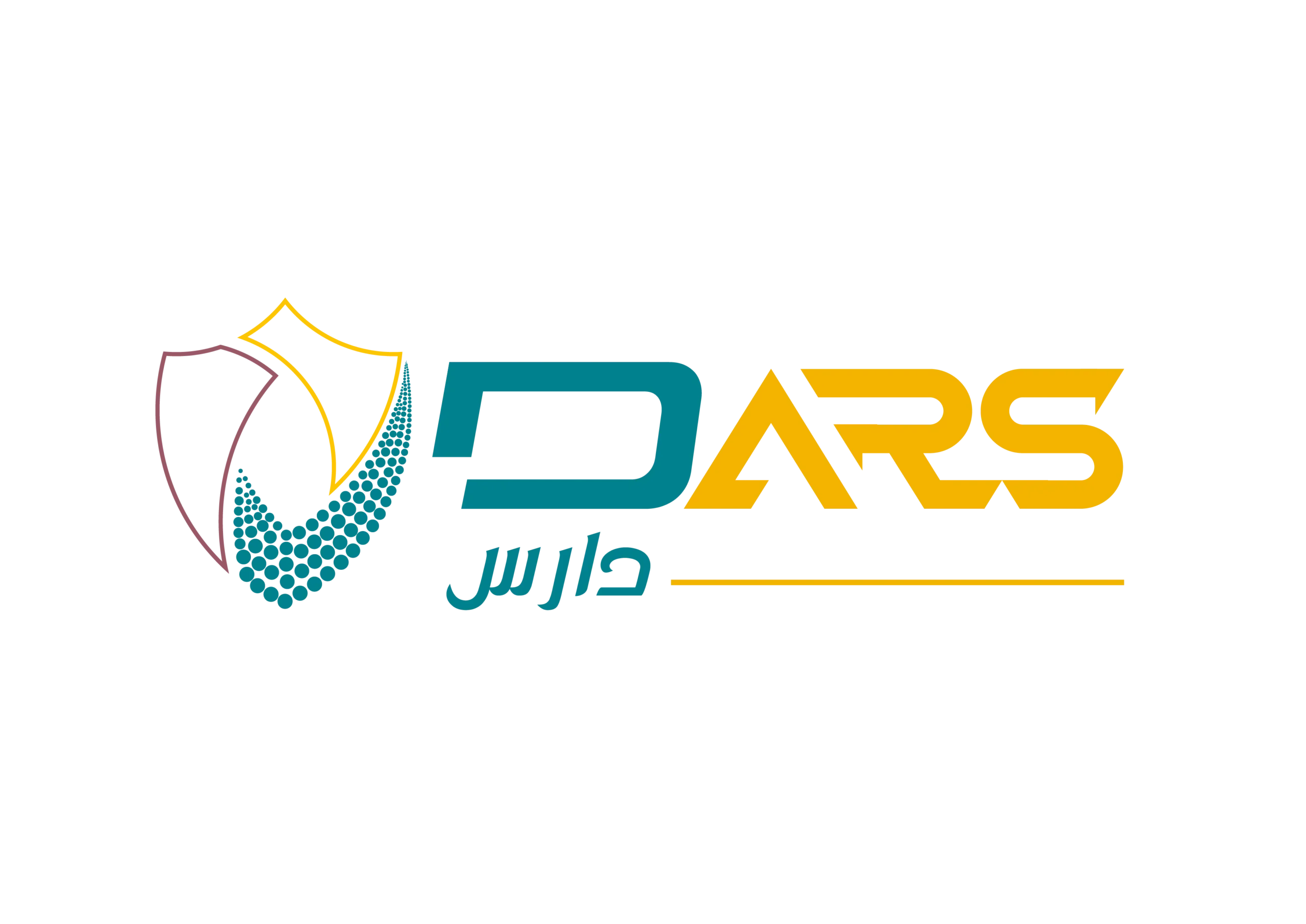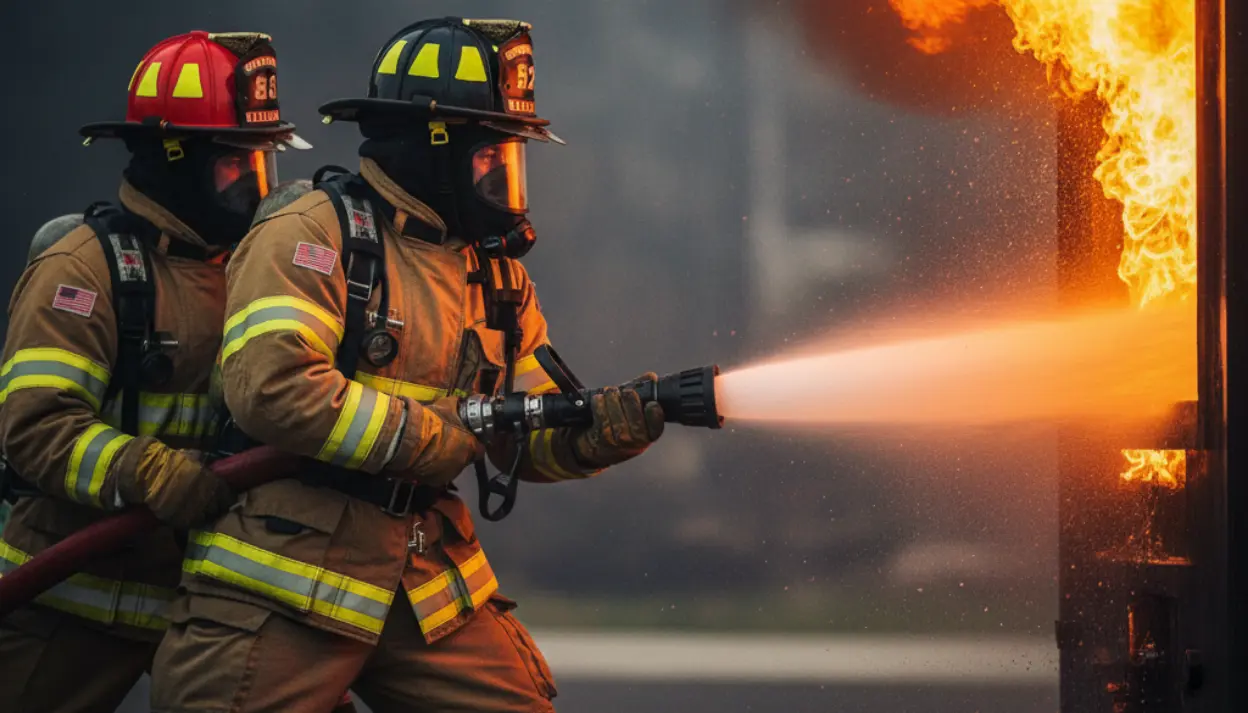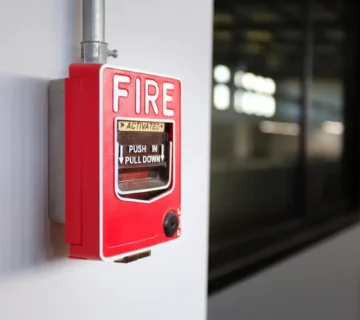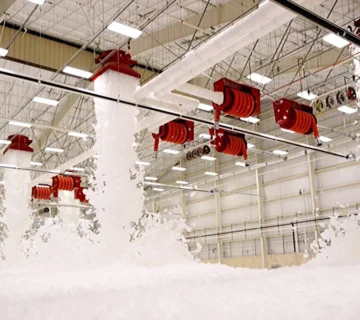Introduction
Fire and safety are no longer just compliance terms; they are integral pillars of responsible construction, facility management, and industrial operation. In Saudi Arabia, the growing emphasis on fire protection systems and workplace safety reflects a national commitment to safeguarding people, property, and progress. As the Kingdom continues its ambitious development projects under Vision 2030, maintaining safety compliance has become both a legal requirement and a moral obligation for every organization.
For decades, the Saudi Civil Defense (SCD) and the Saudi Building Code (SBC) have established strong regulatory frameworks that govern safety across all types of structures. Yet, 2025 brings a renewed focus on digital transformation, smarter systems, and higher performance standards. Businesses, contractors, and facility owners now face the dual challenge of staying compliant while integrating innovative fire prevention technologies.
Understanding the Foundation of Fire and Safety
The Role of the Saudi Civil Defense
The Saudi Civil Defense is the cornerstone authority overseeing fire prevention, protection, and emergency response in the Kingdom. Its mandate includes licensing safety contractors, approving system designs, and conducting inspections to ensure full compliance with local and international standards.
In recent years, the SCD has intensified its focus on emergency preparedness, ensuring that every commercial, industrial, and residential property maintains up-to-date evacuation plans, alarm systems, and suppression measures.
The Saudi Building Code (SBC) and Its Importance
The Saudi Building Code, governed by the Saudi Building Code National Committee, integrates detailed requirements for building safety, fire-resistant materials, and emergency exits. It is a dynamic framework that evolves alongside global best practices. The 2025 updates, for instance, are designed to complement advanced fire alarm systems, digital inspection tools, and new compliance management software.
Organizations that align with the SBC not only avoid penalties but also enhance their reputation for reliability and responsibility. This alignment also strengthens investor confidence, a critical factor for developers participating in giga-projects like NEOM and The Red Sea Global.
What Are the Key Fire and Safety Regulations in Saudi Arabia?
Core Regulations and Standards
Saudi Arabia’s Fire and Life Safety Regulations are comprehensive, covering every stage of a building’s lifecycle from design and construction to operation and maintenance. These regulations enforce rigorous measures that mandate:
- Use of certified safety equipment approved by the Civil Defense.
- Installation of fire detection and suppression systems, including fire extinguishers, alarms, and sprinklers.
- Regular testing, maintenance, and renewal of safety certifications.
As highlighted by the International Fire & Safety Journal, the 2025 framework will emphasize the integration of IoT-enabled safety systems capable of real-time reporting and remote monitoring.
Civil Defense Classification for Contractors
To maintain quality control, the Civil Defense Contractor Classification System ensures that only qualified firms handle safety projects. Certified companies like DARS hold official recognition to design, install, and maintain approved fire safety systems, a status that guarantees adherence to the highest standards.
Essential Fire and Safety Equipment Requirements
Every facility, regardless of its size or function, must be equipped with specific fire protection systems designed to mitigate potential hazards. These systems are not one-size-fits-all; each must be customized based on a risk assessment of the environment and operations.
Fire Extinguishers and Suppression Systems
The foundation of any safety setup begins with fire extinguishers, the first line of defense against small, manageable fires. Saudi regulations require multiple extinguisher types across premises, classified by fire type (A, B, C, D, and K). Regular inspection and tagging ensure readiness in emergencies.
Beyond handheld equipment, automatic suppression systems like sprinklers, foam systems, and clean-agent gas systems play vital roles in larger facilities. Many of these technologies are now equipped with sensors that provide live feedback to central monitoring units enhancing efficiency and response speed.
For deeper guidance, the Saudi Civil Defense Fire Prevention Guidelines outline the standards for placement, maintenance, and inspection of extinguishers and suppression units.
Alarm and Detection Systems
Fire alarm systems comprising smoke detectors, heat sensors, and manual call points form the backbone of early warning mechanisms. When integrated with voice evacuation systems, they provide a critical advantage during emergencies by guiding occupants toward safe exits.
Newer systems integrate seamlessly with digital dashboards, allowing facility managers to monitor device status and alert patterns in real time. These advancements not only save lives but also contribute to workplace safety culture by ensuring accountability and transparency.
Emergency Lighting and Evacuation Aids
Emergency lighting, illuminated exit signage, and fire-resistant doors ensure smooth evacuation even in power outages or low-visibility conditions. Facilities are required to install these systems according to the Saudi Building Code’s spatial layout and occupancy density criteria.
Fire Safety Compliance and Its Business Value
Why Compliance Matters
In Saudi Arabia’s evolving industrial landscape, safety compliance is more than just a regulation, it’s a commitment to people and progress. Non-compliance can lead to severe financial penalties, project delays, or even license revocation. Moreover, it can tarnish a company’s reputation, undermining investor confidence and stakeholder trust.
Companies that consistently meet compliance benchmarks also benefit from reduced insurance premiums and smoother project approvals. As Lifeco UK’s compliance checklist notes, documentation, equipment testing, and staff training are indispensable to sustaining operational integrity.
Legal and Financial Implications
Under Saudi law, organizations found negligent in safety adherence face not only fines but also potential criminal liability in the event of an incident. To mitigate such risks, companies must maintain regular audit trails, safety logs, and inspection certificates. These documents form the backbone of defense in legal reviews and insurance claims.
The Link Between Fire Safety and Vision 2030
Saudi Arabia’s Vision 2030 initiative prioritizes sustainability, innovation, and citizen well-being all of which depend heavily on robust safety infrastructure. As new industrial cities, airports, and tourism hubs emerge, the government’s investment in building safety measures sets a precedent for global best practices.
These mega-projects have also accelerated demand for smart fire protection systems capable of operating at scale. As Shehata Law’s Saudi Building Code update highlights, developers are now required to integrate safety considerations during the earliest design phases. This proactive approach ensures not only regulatory alignment but also long-term operational efficiency.
For DARS, this shift represents both a challenge and an opportunity to innovate in the service of public safety while strengthening its role as a trusted leader in the Saudi safety landscape.
The Evolution of Fire and Safety Technology in 2025
As Saudi Arabia steps deeper into its era of rapid development, the field of fire and safety is experiencing a profound transformation. Emerging technologies, digital monitoring tools, and eco-friendly suppression systems are redefining how safety is managed in buildings and industrial complexes across the Kingdom. This evolution not only enhances protection but also aligns perfectly with the nation’s Vision 2030 framework, a vision where progress is balanced with sustainability and human well-being.
Technological Advancements Shaping Fire and Safety
The last few years have seen an accelerated integration of technology into fire protection systems. Today, safety professionals are leveraging data-driven insights, automated alerts, and predictive maintenance tools to prevent incidents before they happen.
Modern buildings in Riyadh, Jeddah, and NEOM are increasingly adopting interconnected fire alarm systems that feed into centralized dashboards. These platforms provide real-time analytics, detecting irregular heat signatures or smoke patterns even before alarms are triggered. Artificial intelligence and IoT are helping safety teams shift from reactive responses to proactive strategies.
One of the most promising trends is the adoption of smart sensors embedded within equipment. These sensors continuously monitor temperature fluctuations and air quality, sending automated reports to safety managers and Civil Defense-linked systems. As noted by International Fire & Safety Journal, this technological leap is part of Saudi Arabia’s broader movement toward intelligent infrastructure that anticipates risk rather than merely responding to it.
The Shift Toward Sustainable Fire Suppression
Sustainability is no longer a choice, it’s a global standard. The shift toward environmentally friendly fire extinguishers and suppression agents reflects Saudi Arabia’s growing awareness of environmental stewardship. Traditional chemical-based extinguishers, while effective, are being replaced by clean agents that minimize ecological harm.
Advanced suppression systems using inert gases, fine water mist, and foam technology are designed to extinguish fires efficiently while reducing damage to sensitive assets like electronics or artwork. This is especially vital in hospitals, museums, and data centers sectors that require delicate handling of assets and compliance with safety equipment standards.
According to Lifeco UK, these eco-conscious systems not only meet Saudi Civil Defense standards but also enhance long-term cost efficiency through lower maintenance and safer disposal practices.
The emphasis on sustainability is directly connected to Vision 2030’s environmental goals, promoting cleaner, safer technologies across construction and manufacturing sectors.
Digital Compliance: The Future of Fire and Safety Management
Compliance in 2025 has evolved beyond paperwork and manual inspections. Businesses are now turning to digital compliance platforms that track inspection schedules, maintenance logs, and certification renewals in real time. This transformation simplifies communication between safety officers, contractors, and regulatory bodies like the Saudi Civil Defense.
Digital systems reduce the likelihood of human error by automating reminders, generating instant reports, and storing documentation securely. With platforms integrated into the Saudi Building Code Center’s online framework, organizations can update their compliance data instantly, a step that previously took weeks of manual verification.
Moreover, companies like DARS are leading the transition by offering end-to-end digital safety management solutions that merge risk assessment, reporting, and compliance monitoring into a single interface. This approach not only enhances workplace safety but also ensures faster Civil Defense approval for projects.
Smart Integration in Mega and Giga Projects
Mega projects such as NEOM, Qiddiya, and The Red Sea Global have become catalysts for innovation in the fire safety industry. Their massive scale requires a synchronized network of alarms, sprinklers, and emergency communication systems that function as one intelligent unit.
These developments demand the expertise of licensed safety contractors capable of designing multi-tiered systems that integrate fire detection, evacuation management, and post-incident reporting. The growing demand for high-performance solutions has opened new opportunities for certified providers like DARS, which play a central role in ensuring compliance and operational readiness in Saudi Arabia’s most ambitious developments.
Through advanced system design, DARS implements connected fire protection systems that not only meet but exceed the standards established by Civil Defense and the Saudi Building Code. This proactive approach helps clients maintain long-term operational resilience while contributing to national safety objectives.
Building a Culture of Fire Safety Awareness
Technology alone cannot guarantee safety; human awareness is equally vital. The most advanced detection system is only as effective as the people who understand and operate it. For this reason, organizations across Saudi Arabia are increasingly prioritizing emergency preparedness training and fire drills.
These sessions are designed to familiarize employees with evacuation routes, extinguisher use, and basic response tactics during emergencies. Beyond compliance, they cultivate a culture of accountability where every individual takes ownership of safety.
Regular drills, combined with visible signage and easily accessible extinguishers, reinforce quick response habits. When combined with digital tracking tools, companies can assess how effectively teams perform during drills and identify areas for improvement.
DARS supports its clients with comprehensive training and documentation support through its Safety Policy page, ensuring that organizations go beyond box-ticking to genuinely improve safety readiness.
The Role of Risk Assessment in Modern Safety Strategies
Every effective safety strategy begins with a thorough risk assessment. This process identifies potential hazards, evaluates the likelihood of fire incidents, and determines the most effective mitigation measures. In 2025, Saudi authorities have refined risk assessment standards to ensure that they align with each facility’s operational environment and occupancy type.
Advanced software now supports this process by using digital twins virtual representations of buildings that simulate various fire scenarios. This technology allows safety experts to test the effectiveness of protection systems and evacuation procedures before implementation.
By combining data from sensors and predictive analytics, organizations can now measure their real-time risk exposure and take corrective action proactively. The benefits extend beyond safety; they also reduce costs associated with system failures, false alarms, and downtime.
The Strategic Advantage of Partnering with Certified Safety Providers
Choosing the right safety partner can make the difference between compliance and excellence. Certified companies like DARS bring years of experience in designing, installing, and maintaining fire protection systems that comply with both local and international standards.
Their work extends from consultation and design to implementation and ongoing maintenance of a holistic approach that ensures clients remain compliant year after year. Through deep collaboration with regulatory bodies and engineers, DARS’s expertise supports large-scale commercial developments, hospitals, and industrial facilities alike.
Partnering with certified providers also minimizes the administrative burden of handling Civil Defense documentation and inspections. This allows project managers and facility operators to focus on operations while maintaining peace of mind that every safety measure is up to standard.
Preparing for Regulatory Updates
2025 marks an important milestone for the Saudi Building Code and Civil Defense authorities, with new amendments introducing stricter standards for digital documentation, inspection intervals, and approved safety materials. Organizations that remain informed about these changes will be better positioned to stay compliant without delays.
The Saudi Civil Defense official website and the Saudi Building Code Center regularly publish updates, technical guidelines, and classification requirements. Keeping a dedicated safety compliance officer or consultant ensures that organizations never fall behind on new requirements or certifications.
For forward-thinking businesses, this is not just about avoiding penalties, it’s about establishing a reputation for responsibility and trustworthiness in an increasingly competitive market.
Building a Sustainable Future for Fire and Safety in Saudi Arabia
As Saudi Arabia’s skyline continues to transform, the mission of creating a safer, more resilient built environment remains at the forefront of national priorities. The evolution of fire and safety practices is not simply about technological advancement, it’s about fostering a long-term culture of accountability, preparedness, and continuous improvement. For organizations, this means embracing systems that adapt, people who stay informed, and leadership that treats safety as a core business value rather than an afterthought.
Leadership Commitment and the Human Element
No safety strategy can succeed without leadership buy-in. Executives and facility managers who prioritize workplace safety set the tone for how employees view and respond to risk. By embedding safety into corporate policies, training budgets, and daily operations, leaders create a top-down influence that inspires proactive participation across all levels of the organization.
In Saudi Arabia, where industrial and commercial projects are expanding at an unprecedented rate, leadership commitment has become a decisive factor in achieving safety compliance. When CEOs and project directors allocate time and resources to regular inspections, staff workshops, and performance tracking, they not only meet legal standards but also demonstrate integrity and responsibility qualities that strengthen partnerships and attract investors.
Organizations that treat fire safety as an integral part of their corporate identity are also more likely to retain employees, enhance public trust, and achieve operational excellence. In this sense, leadership in safety is leadership in sustainability.
The Power of Continuous Training
Technology can fail. Equipment can wear out. But a trained human response can turn potential disasters into contained incidents. That’s why ongoing training remains the heart of every effective fire and safety program. Regular drills, refresher sessions, and specialized workshops ensure that staff members know how to act decisively and calmly in emergencies.
At DARS, training is designed not as a one-time task but as an evolving process. Programs are tailored to each client’s industry whether it’s a manufacturing plant, a school, or a high-rise complex emphasizing practical learning over theoretical compliance. Employees are taught not only how to use fire extinguishers or evacuation maps but also how to identify hazards before they escalate.
The result is a workforce that understands the “why” behind every safety measure. This understanding cultivates confidence, accountability, and awareness of the three pillars of effective safety culture.
Proactive Maintenance: The Silent Guardian of Safety
While training empowers people, maintenance sustains systems. Even the most advanced fire protection systems require regular inspection, testing, and servicing to function correctly when needed most. Proactive maintenance ensures that extinguishers are charged, sprinklers are clear, detectors are calibrated, and alarms remain responsive.
In the Saudi context, where dust, humidity, and high temperatures can affect equipment performance, scheduled maintenance becomes even more critical. Regularly serviced systems not only meet Civil Defense requirements but also prevent costly malfunctions and insurance disputes.
DARS’s maintenance teams follow an evidence-based schedule that combines manual checks with digital tracking tools, allowing clients to maintain detailed service histories for audits and renewals. This data-driven approach adds transparency and efficiency, reinforcing trust between clients and regulatory authorities.
The Role of Data and Predictive Safety Analytics
One of the most exciting developments in modern safety management is the use of predictive analytics. By collecting and analyzing real-time data from connected sensors, companies can identify emerging risks before they become threats. For example, a sudden spike in temperature readings from a specific zone can trigger alerts that allow maintenance teams to investigate immediately, preventing escalation.
This predictive model is already being integrated into Saudi Arabia’s larger smart city projects, enabling continuous safety oversight for entire districts. Such systems exemplify how fire and safety practices are evolving from reactive firefighting to proactive prevention.
Incorporating data analytics into risk assessment frameworks gives companies a measurable edge reducing downtime, optimizing resource allocation, and ultimately protecting lives more effectively.
Collaboration Between Public and Private Sectors
The progress seen in Saudi Arabia’s safety landscape is largely due to the cooperation between government regulators and certified safety providers. The Saudi Civil Defense sets the legal framework, while private sector experts like DARS provide the technical execution that turns regulations into reality.
This collaboration has created a strong ecosystem where innovation thrives under compliance. By aligning their efforts, both sides ensure that every new building, factory, and public space is equipped to meet the nation’s safety expectations. Moreover, this partnership model sets a precedent for how developing nations can modernize their safety infrastructure through shared expertise.
The Civil Defense’s commitment to transparency through regular updates on the official safety requirements portal empowers companies to stay informed and align their internal strategies with national directives.
Challenges Facing the Industry
Despite remarkable progress, the path toward full compliance and modernization is not without obstacles. Some companies still struggle with inconsistent documentation, outdated systems, or limited access to certified technicians. The high cost of replacing legacy equipment also discourages smaller enterprises from adopting modern safety equipment solutions.
However, these challenges are temporary and surmountable. As awareness grows and regulations tighten, the market for safety solutions is expanding rapidly, making technology more affordable and accessible. Industry leaders like DARS are helping bridge the gap by offering scalable solutions suitable for different budget levels while maintaining uncompromised quality.
Ultimately, progress in this sector depends on a collective mindset where every business, contractor, and resident understands their role in maintaining a safer Saudi Arabia.
Fire and Safety as a Pillar of National Development
The fire safety framework is more than an operational requirement; it’s an enabler of economic and social growth. Every project that meets building safety and safety compliance standards contributes to a stronger, more resilient economy. When facilities operate securely, they minimize disruptions, attract investment, and enhance productivity.
Saudi Arabia’s vision for the future includes cities that are not only smart but also secure. Integrating fire protection technology into this vision ensures that progress never comes at the expense of safety. It represents the Kingdom’s commitment to human-centered development, one that protects both lives and livelihoods.
DARS’s mission aligns perfectly with this philosophy: delivering reliable, certified, and future-ready solutions that elevate national safety standards.
Conclusion: A Future Built on Preparedness and Trust
The story of fire and safety in Saudi Arabia is, at its heart, a story of transformation from manual systems to intelligent networks, from basic awareness to strategic foresight. As 2025 unfolds, the Kingdom stands as a model for how regulation, technology, and human dedication can coexist to create lasting impact.
The lessons are clear: safety is not a cost but an investment; compliance is not a constraint but a foundation; and innovation is not a luxury but a necessity. For organizations that embrace these principles, the reward is far greater than certification; it is the peace of mind that comes from knowing lives are protected.
Through its continued partnership with clients, engineers, and the Civil Defense, DARS remains at the forefront of this evolution helping Saudi Arabia move confidently toward a future defined by security, sustainability, and resilience.




